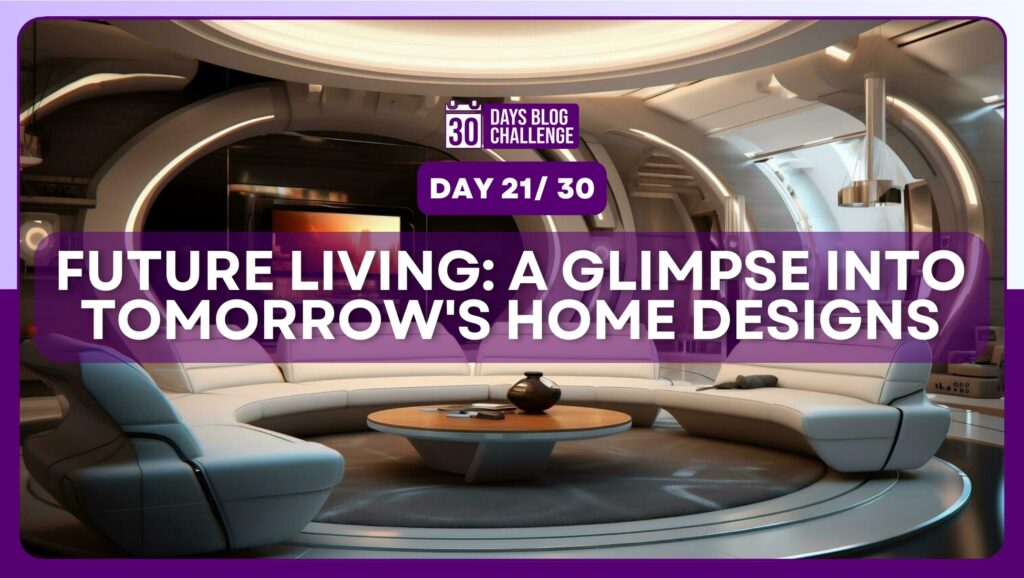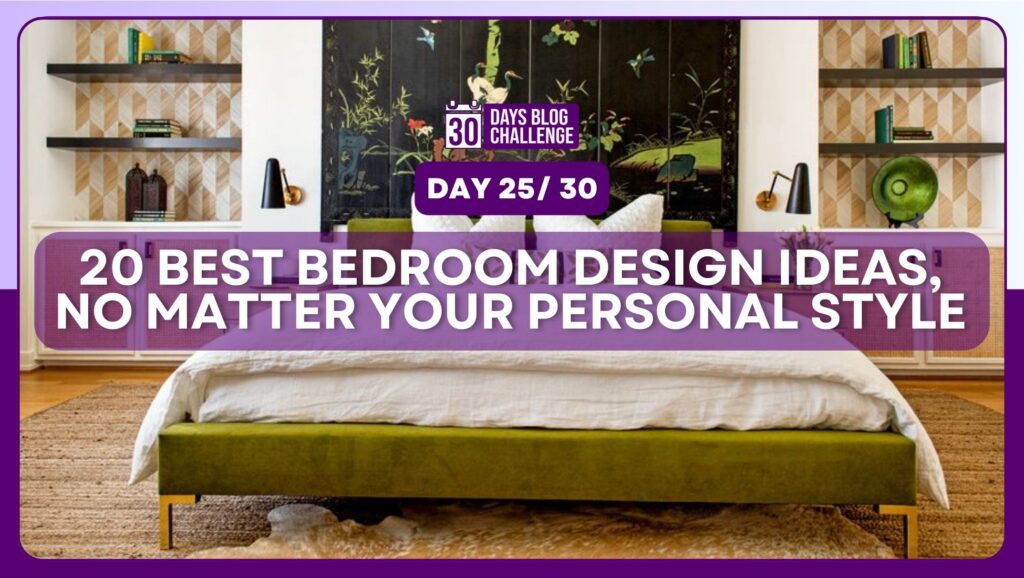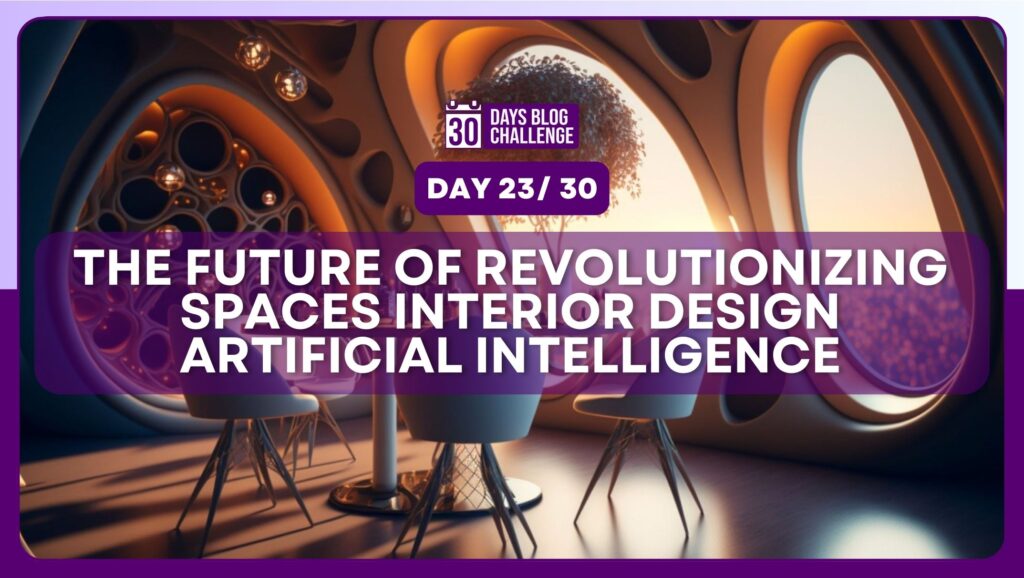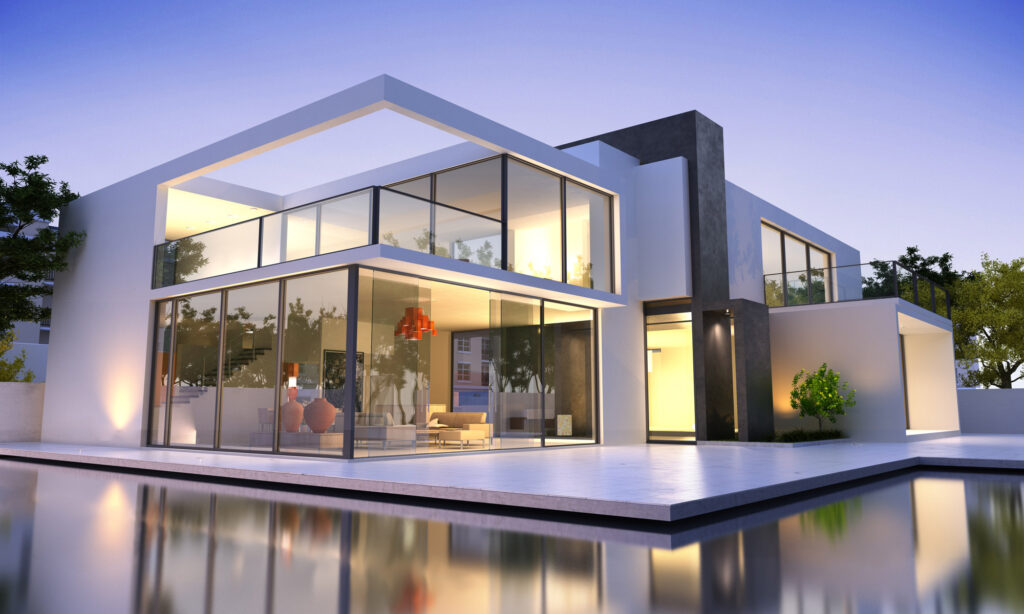
Explore the future landscape of residential living as we envision the homes of tomorrow. Amidst the challenges posed by rapid urbanization, dwindling living spaces, and the urgent need for climate action, discover the innovative trends and living concepts that promise to redefine our future abodes. From energy-efficient mini power plants to seamlessly integrated smart home technologies, join us as we delve into a world where sustainability, functionality, and comfort converge to shape the homes of the future.
1. Living in Your Own Mini Power Plant
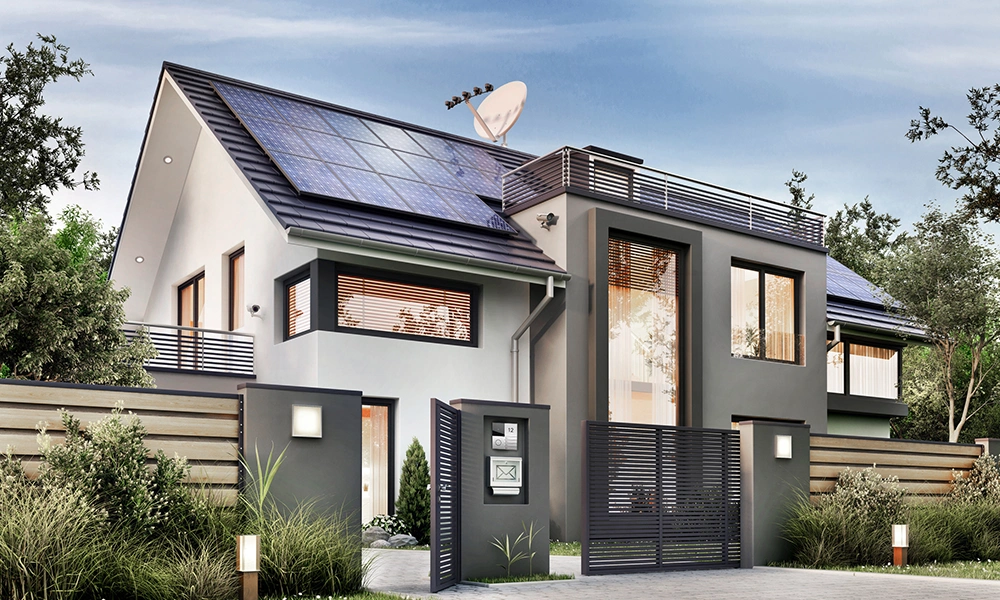
One of the greatest challenges for homes of the future is our increasing energy consumption, something that cannot be covered by fossil fuels going forward. With the impact of climate change becoming tangible, the need for green and energy-efficient buildings that use renewable energies and significantly improve their carbon footprint is growing.
Low energy houses have already set the benchmark when it comes to climate-friendly construction. It’s perfectly conceivable that the buildings of the future could function as compact, environmentally friendly power plants. Solar collectors and heat storage systems allow what are known as ‘plus-energy buildings’ to produce 100 per cent renewable energy for emission-free operation, while feeding any excess power into the public grid.
2. Sustainable Building, Living, and Interior Design
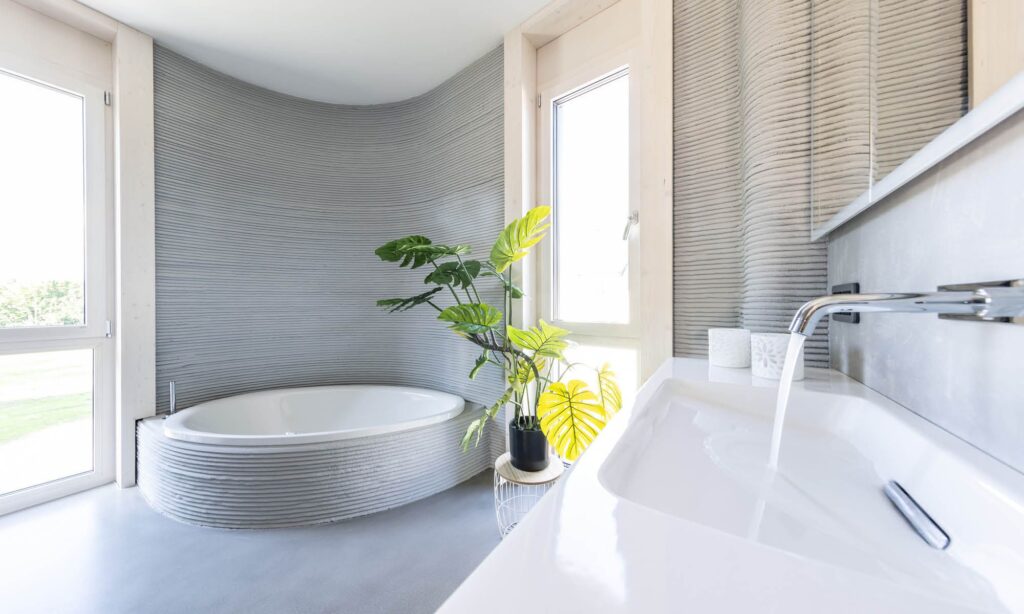
Along with improving the energy footprint, in future sustainable living will also mean using environmentally friendly and recyclable materials for construction. Natural, carbon-neutral materials such as wood and stone are therefore more in demand than ever. At the same time, in order to save resources, a keener focus will need to be directed at recycling and reusing construction materials once buildings reach the end of their useful life. This is equally true of conventional building materials such as steel and concrete.
New opportunities for the construction of environmentally friendly and resource-saving buildings in future are also offered by 3D-printed homes. While the first 3D-printed house made of concrete has already been completed, internationally active companies are now also researching and working on solutions for printing buildings using natural, renewable resources such as earth and plant waste.
3. Smart Home Technology for Efficient Energy Management

Smart Home technologies can also help save energy and resources in everyday life. Sensors monitor room temperature and air quality, automate heating control and provide detailed performance indicators that allow an eye to be kept on consumption on central end devices. Smart applications are increasingly becoming an integral component of architecture and will, in future, offer even more opportunities to automate processes in the home.
Smart device control not only helps save energy, but also increases the level of security and convenience in all areas of the home.
4. The Trend to Downsizing: Maximizing Space and Efficiency
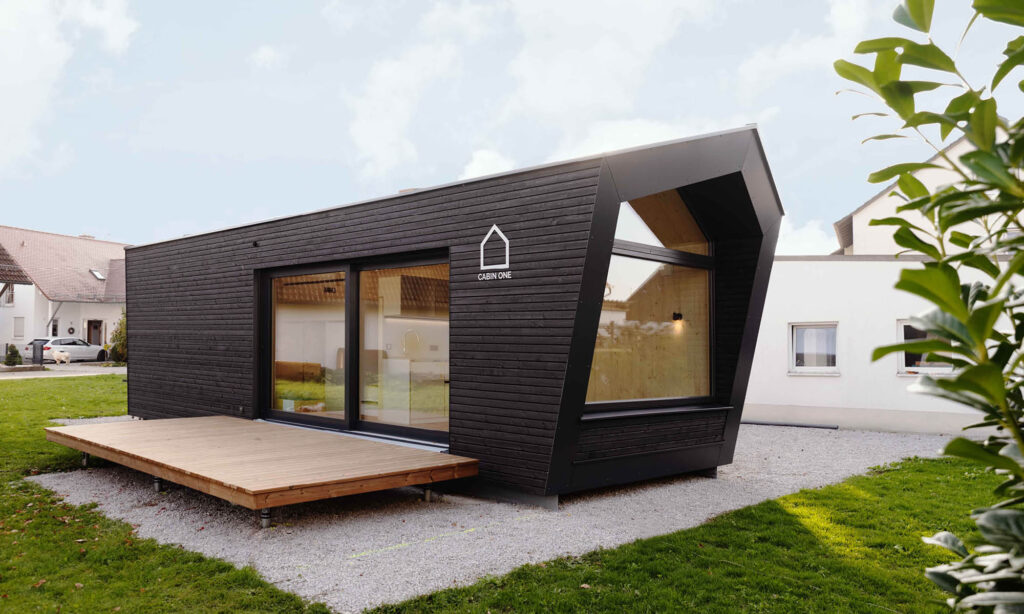
Living more efficiently not only means improving energy use and reducing one’s own carbon footprint, but also building to save space. What has become known as ‘conceptual living’ will play a key role in this: rooms will be designed to be multifunctional when there’s not a dedicated room available for every potential purpose. Modular and flexible furnishing systems that can be adapted to the individual floor space and room zones will replace fixed structures, ensuring that there’s room for everything even in a small space.
These living and interior design concepts are also used for tiny houses, which already offer an environmentally friendly alternative to rented apartments. Modular, mini self-contained homes also allow for more mobility, flexibility and independence.
5. Outdoor Living Rooms: Embracing Nature Indoors

The trend towards outdoor living has long made itself noticeable on the furniture market. People’s desire to spend time outside and in nature has seen the boundaries between indoors and outdoors increasingly merge in their own homes. By selecting suitable furnishings and atmospheric lighting, you can turn a garden, balcony or patio into a comfortable open-air living room.
6. Trends for Living and Working Under One Roof
Over the last few months, the office has become a fixed feature in many people’s homes. For a number of years now, the home office has been evolving from an improvised make-do desk into a comfortable long-term solution. This development means we need to ask ourselves how we should configure our living spaces to allow us to concentrate and work productively.
Spaces to retreat that allow us to relax and enable a clear spatial demarcation between our work and leisure time are become more and more important. The interior design industry has already come up with a range of suitable solutions: sound-absorbing acoustic panels and screens can create the calm environment necessary when there’s no room specifically set aside for work. What’s more, smart technology optimises working conditions and makes everyday life easier.
7. Co-living and Hyperlocal Spaces: Fostering Community in a Post-Pandemic World

There are also other areas in which recent global events have caused us to question previous attitudes to and expectations of our living environments. This isn’t just a matter of trends such as hygge, lagom and cocooning, but also the fundamental question of what makes us feel comfortable, safe and at ease in our home.
Like so many who had to stay home alone during social distancing, you might have thought about living with others, giving the trend to co-living a new relevance. The isolation experienced during recent times has redefined the value of community. In this context, the local neighbourhood has regained significance and will be integrated into future urban planning projects. Community spaces and local meeting points encourage people to spend more time together and boost a sense of belonging.
8. Closer Together in the 15-Minute City of the Future
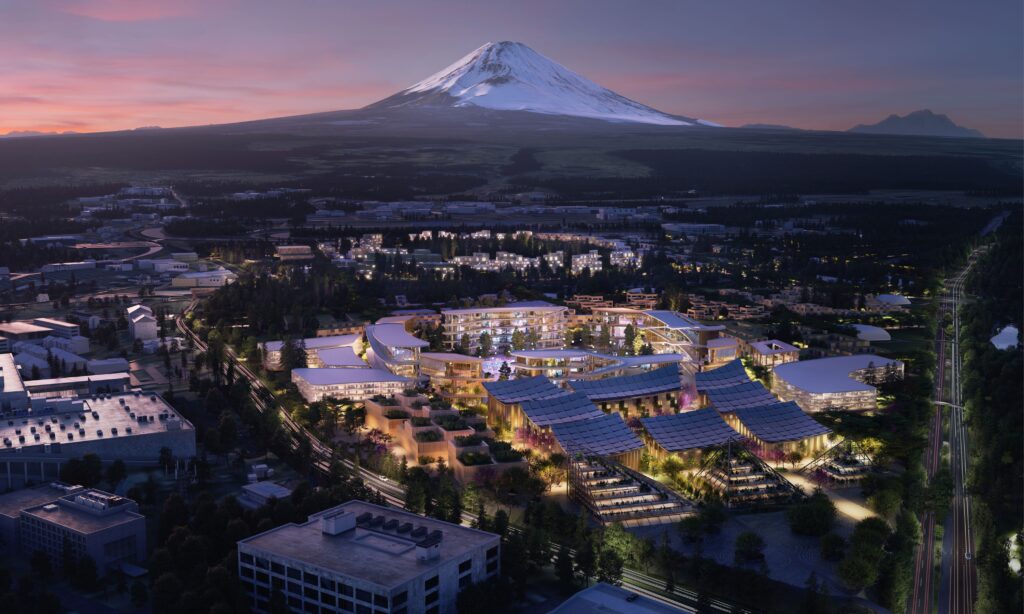
Many people (re)discovered the advantages offered by their local communities during recent times. This trend is manifested in the concept of the 15-minute city, which caters to all everyday needs within a 15-minute journey by bicycle or foot. Major cities are already working on concepts and projects to create the conditions for this ‘hyperlocal’ way of life.
Architectural innovations and urban planning strategies are shaping cities of the future, where community, accessibility, and sustainability are paramount. From reimagining traditional workspaces to embracing shared living arrangements, the future of residential living promises to be dynamic, inclusive, and environmentally conscious.
Discover Your Future Home with AmbrellaArt!
At AmbrellaArt, we are dedicated to bringing the future of living to you today. Our innovative designs, sustainable practices, and commitment to excellence ensure that your home is not just a space, but a reflection of your values and aspirations. Contact us now to embark on a journey towards a brighter, smarter, and more sustainable future!

